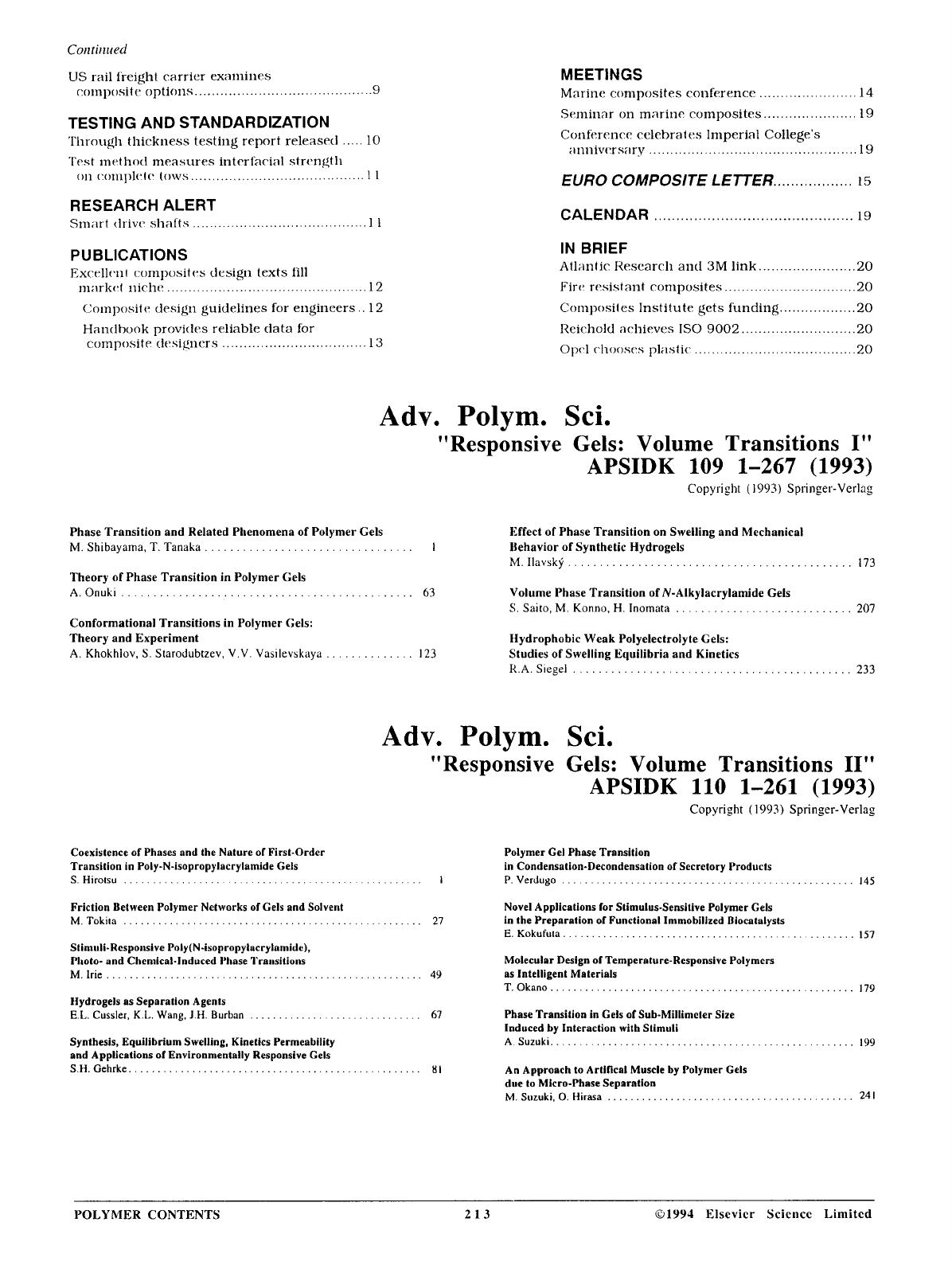
EPS revealed an abnormal AV conduction with A-H Wenckebach rate of 80 bpm and a prolonged effective refractory period of AV node (720 ms). In case 20, the patient experienced PR prolongation of 0.28 s with RBBB and LAD (trifascular block pattern) on baseline ECG. During a long asystole, sinus acceleration was observed and AV conduction was resumed by a ventricular escape. The cessation of rapid atrial pacing of 200 bpm induced paroxysmal atrioventricular block with an asystole of 16.5 s. (B) Electrophysiologic study (EPS) findings in case 15 EPS revealed a prolonged AH interval of 330 ms and a normal HV interval of 45 ms. The vagal score was 1 point: sinus slowing immediately before P-AVB and the initiation of P-AVB by PP prolongation but the resumption of AV conduction by a junctional escape. Paroxysmal AVB (P-AVB) was recorded on the ECG monitoring with a long asystole of 16.5 . Baseline ECG showed the first-degree atrioventricular block (AVB). A-H Wenckebach block was observed during the EPS however, it was recovered to the first-degree AVB with an A-H interval of 400 ms after intravenous administration of atropine sulfate. P-AVB was provoked by Valsalva maneuver however, it was inhibited after an intravenous atropine injection. The resting ECG revealed a first-degree to second-degree Wenckebach AVB.

In case 6, the patient experienced P-AVB during meals as shown in the Holter ECG recording. The baseline EPS was normal in case 3 however, swallowing a solid food repeatedly induced paroxysmal A-H block. In 2 patients (cases 4 and 5), swallowing induced P-AVB, which was inhibited after an intravenous administration of atropine sulfate ( Fig. We recommended implantation of cardiac pacemaker however, the patient rejected the recommendation. Syncope with P-AVB was induced by carotid sinus massage. In case 2, the patient had a history of cough syncope. The vagal score (VS) was 5 points: normal baseline ECG, PR prolongation and sinus slowing immediately before P-AVB, initiation of P-AVB by PP prolongation, and sinus slowing during ventricular asystole. Paroxysmal atrioventricular block (P-AVB) was induced during the head-up tilt test. A cardiac pacemaker was implanted in 13 patients.Įpisode in case 1. Abnormal AV conduction was recognized in 4 patients. An electrophysiologic study (EPS) was performed for 11 patients. The index ECG was recorded by ambulatory Holter ECG monitoring for 8 patients, in-hospital ECG monitoring for 6, standard 12-lead ECG for 4, and an implantable loop recorder for 2.

The ECG-documented maximum ventricular asystole during P-AVB varied from 3.6 to 60 s. Structural heart disease was observed in 6 patients: coronary artery disease in 4 patients (including 2 patients with a previous myocardial infarction), cardiac tumor involving the left ventricle in 1, and mitral valve prolapse without mitral regurgitation in 1. Baseline 12-lead ECG showed PR prolongation (>0.22 s) in 6 patients, right bundle branch block (RBBB) in 4 including 2 with left axis deviation (LAD), intraventricular conduction disturbance (IVCD) in 1, and no AVB or IVCD in the remaining 10. Their symptoms were syncope in 13 patients (including 1 patient with convulsion during sleep), faintness in 4, and none in 3. The clinical characteristics of the study patients are shown in Table 1. P-AVB was defined as a sudden onset of complete AVB with two or more consecutive blocked P waves and ventricular asystole of >3 s.

These patients had clinically documented P-AVB with clear ECG recordings in our institutions. The study population consisted of 20 patients (13 men and seven women), with a mean age of 59.3☑4.7 years (range, 25–78 years). Clinical characteristics of the study population


 0 kommentar(er)
0 kommentar(er)
